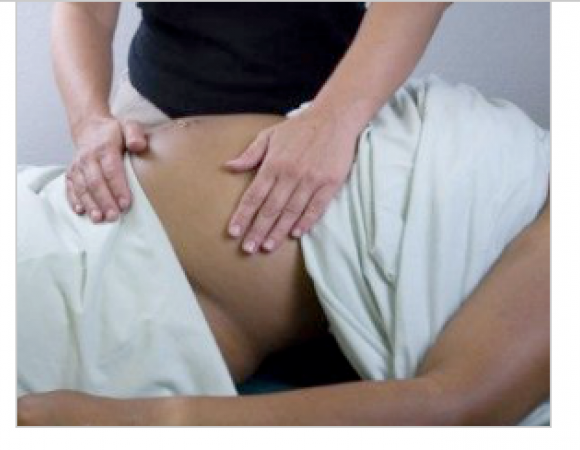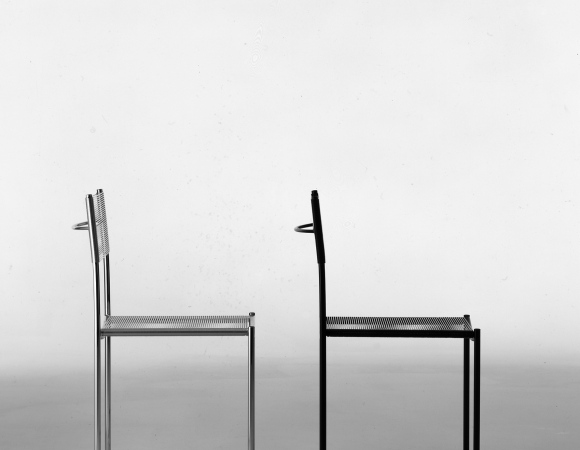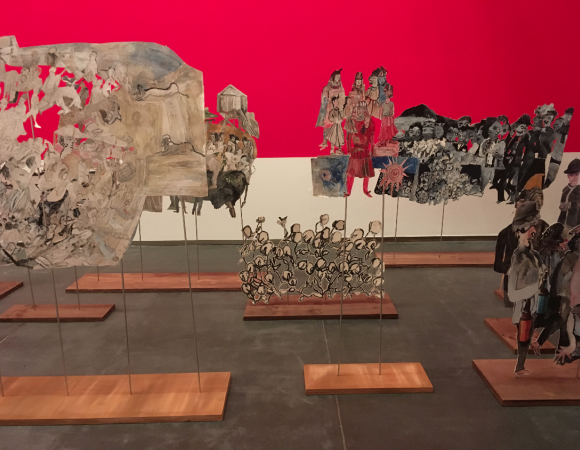The principles of osteopathic philosophy that Dr. Zanier is explaining in his DDmag section are perfectly applied to pregnancy. Let’s find out the interesting reasons why.
“WE ARE PART OF THE UNIVERSE AND WE FOLLOW NATURAL CYCLES. WHAT HAPPENS OUTSIDE, HAPPENS INSIDE AS WELL.” A. T. STILL.
Particularly if “our body is a unit”, this concept must work for both mother and baby: maintaining an efficient biomechanical balance can help the woman’s body adapt to the physically demanding pregnancy period and minimise the pressure coming from the enlargement of the uterus and the development of the baby. IN OSTEOPATHICAL TERMS A GOOD BIOMECHANICAL FUNCTIONALITY OF THE BODY BUT MOST OF ALL OF THE PELVIS CAN HAVE BENEFITS IN THE DELIVERY PROCESS. There’s a strict correlation between anatomical and postural elements, which create a delicate balance in the homeostasis of the uterus, the walls that contain it and the fetus that lies there.
To be more detailed one must consider that the maternal biomechanics of the pelvis, of the column, of the uterus and of the body in general, but also the internal twisting of the uterine ligaments and the uterine tension influence the walls where the fetus is and as a consequence also its possibilities of movement. In osteopathic philosophy it is said that even the position of the fetus is affected by postural and biomechanical aspects. When treating a pregnant woman, osteopaths try and give tissues comfort and ease, while eliminating biomechanical and postural stress. It’s true that dorsalgia, backache, ischialgia and problems of the lymphatic and circulatory system are the main reasons pregnant women go to the osteopath, but it would be recommended to prevent all these disorders by starting with osteopathic treatments already during the 4th month. This kind of care is also useful against breathing problems (especially lack of oxygen or short breath), reflux, colitis and other visceral trouble: improving diaphragmatic movement, a certain flexibility of ribs and abdominal muscles can really change things.
As we’ve seen before breech birth as well could be avoided or at least made less complicated thanks to osteopathic treatment, if this is done by an expert in the right moment and combined with other techniques like acupuncture and moxibustion. It’s clear that this should always be very gentle, especially because the goal of it is to let the fetus turn by itself. It should be underlined that this has nothing to do with the external cephalic version, which is something that needs expert obstetricians and that takes place during a real operation. The mother can take advantage from osteopathic treatment in the post-partum period as well, in order to balance visceral fluids again and to restore the correct structure of the pelvis and the column.
In conclusion the osteopathic approach is to be considered complementary medicine that the gynaecologist together with the obstetric team can recommend to future mothers. As a consequence the osteopath should be willing to collaborate with the doctor and shouldn’t consider himself alternative to traditional medical and obstetric treatment, otherwise his contribution would be vane.
We would like to thank Dr. Zanier again for the passion he conveys when telling us the secrets of his wonderful job.
www.emilianozanier.com
DD

Lifestyle
01 September 2014
OSTEOPATHY: WHAT ABOUT PREGNANCY?
You may also be interested in ...







